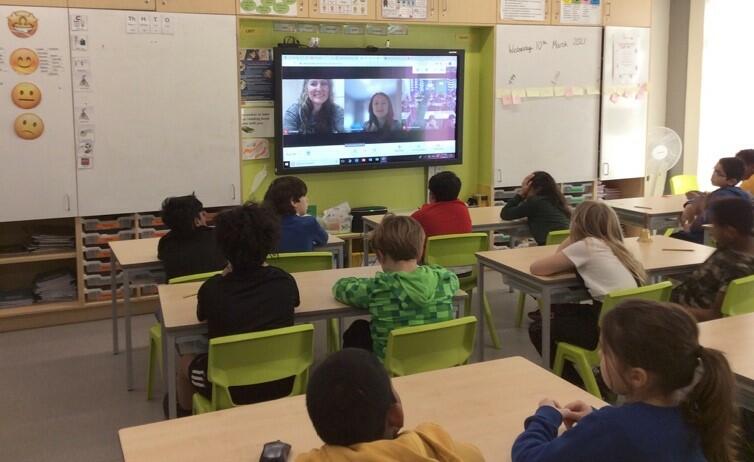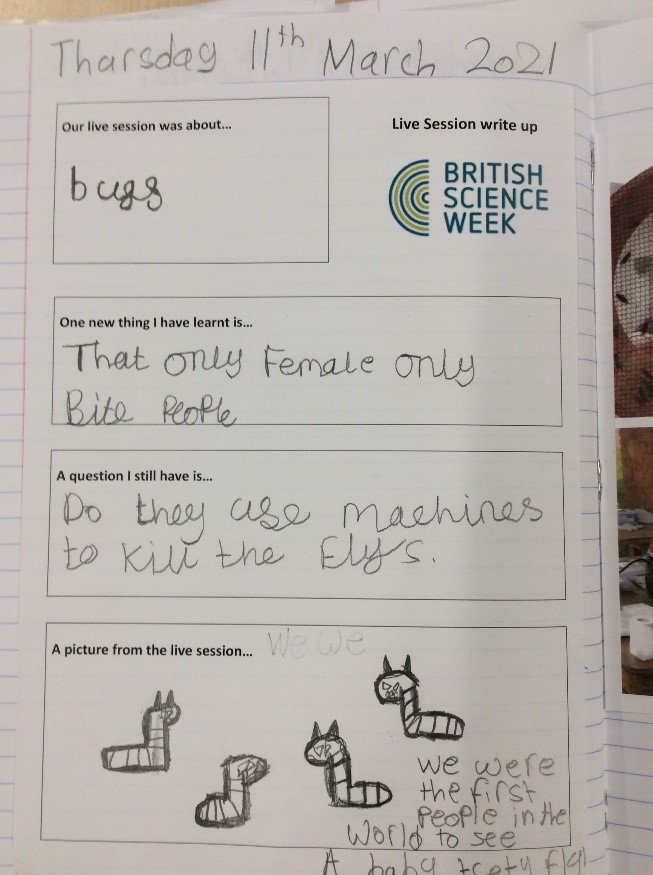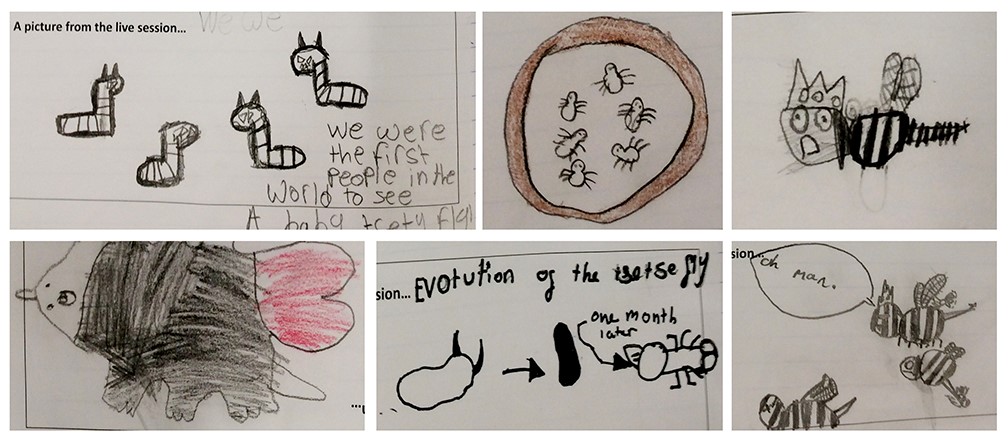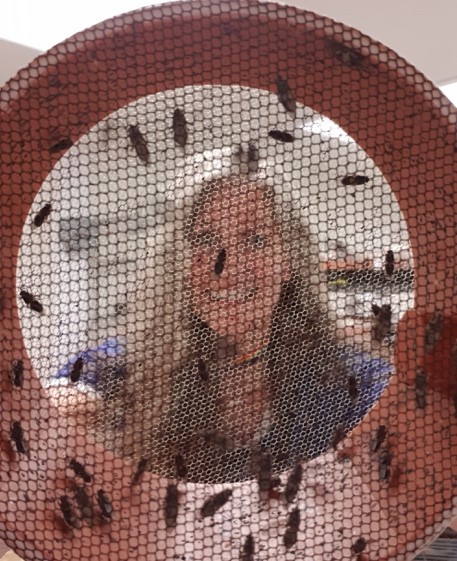
This week, LSTM’s Lee Haines and Rosemary Lees gave an online session to pupils at Olga Primary school situated in Tower Hamlets in London.
Rosemary, being known as ‘mosquito lady’ by the teachers at Olga primary school, was invited to virtually talk to the pupils. The session, within the school’s theme of the week ‘bugs’, focused on the fascinating and deadly world of insects.

Prior to the session, teacher Sian Wareing asked her students to submit questions for Rosemary and Lee to discuss live via Google Meets. Several questions provided by the pupils followed a "Top Trumps" theme including "Who would win - a bee or a wasp?" while others showed their interest in different insects like ants, moths, bees and also spiders. Fergus Simpson and his class also tuned in to listen. Students from both classes asked many fantastic questions to test Rosemary's knowledge on malaria and mosquitoes including "How fast can a mosquito fly?", "How can you tell if a mosquito is a woman or a man?", "Do baby mosquitoes carry malaria?" and "Can animals get malaria?". After learning about how malaria is spread by mosquitoes and how dangerous it is to humans, the class had questions about whether countries like Greece and Bangladesh had malaria. Rosemary and Lee were able to share some tips about protecting themselves while on holiday and to talk about how the range of the diseases spread by mosquitoes may grow with climate change. The students were also keen to share some of the facts they had learned already about bugs, including how the vampire moth is named for its habit of drinking the blood of animals.


Lee (aka FlyGirl) joined the class live from the tsetse insectary where she showed shared some insect themed jokes and showed everyone how she raises tsetse flies at LSTM. The students were very lucky to see something very few people ever get to see: a newborn tsetse baby. Once the female fly gives birth to her milk-filled baby, the larva quickly searches for a dark place to form its hard, protective shell-like coccoon where it will stay for a month before it emerges as an adult. In the wild, tsetse larva burrows into the soil immediately so seeing them is almost impossible. Lee also shared her enthusiasm about other creepy crawlies and was challenged to answer some tough questions such as "How fast is a hornet, what is the most venomous insect and are butterflies dangerous" to name a few.
Rosemary said: “It was such a great opportunity to be able to share our work on mosquitoes and malaria with a new audience and to be met with such enthusiasm and interest. The children had such interesting questions, which showed they had really thought a lot about different insects and the diseases they spread even before we arrived. Judging by how enthralled they were seeing inside Lee’s insectary I think we might have inspired some future scientists!”. Lee continued: “What intelligent students we interacted with today! I was so impressed by the range of questions and the live session write-ups the students did that were based on things they absorbed from our presentations. I think Sian and Fergus deserve gold stars for cultivating such a rich learning environment for their students and I look forward to seeing a whole new generation of bug scientists emerge from Olga Primary School".